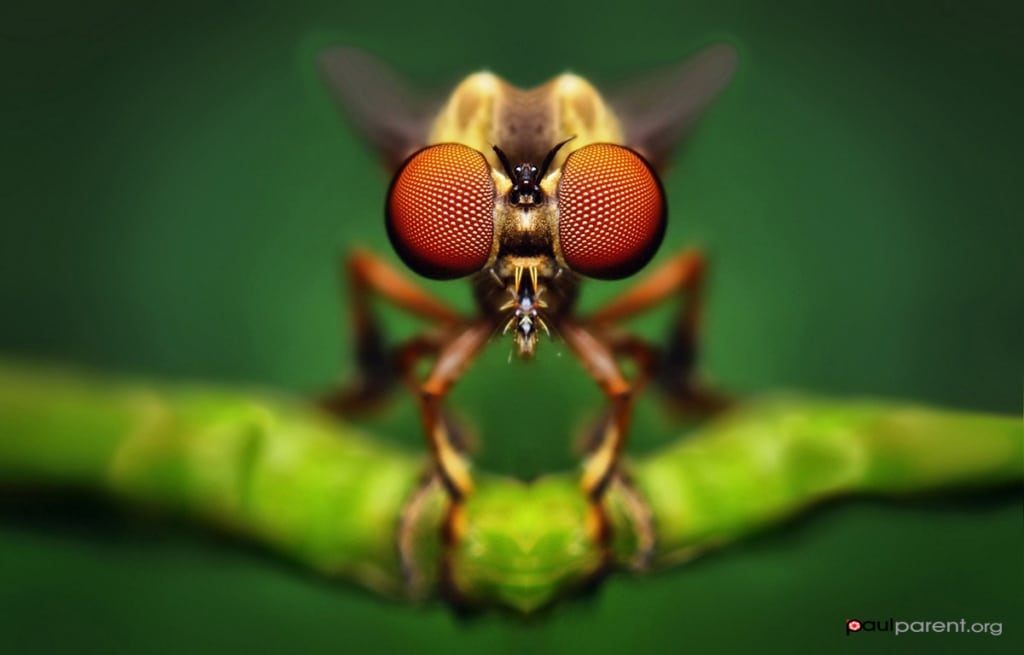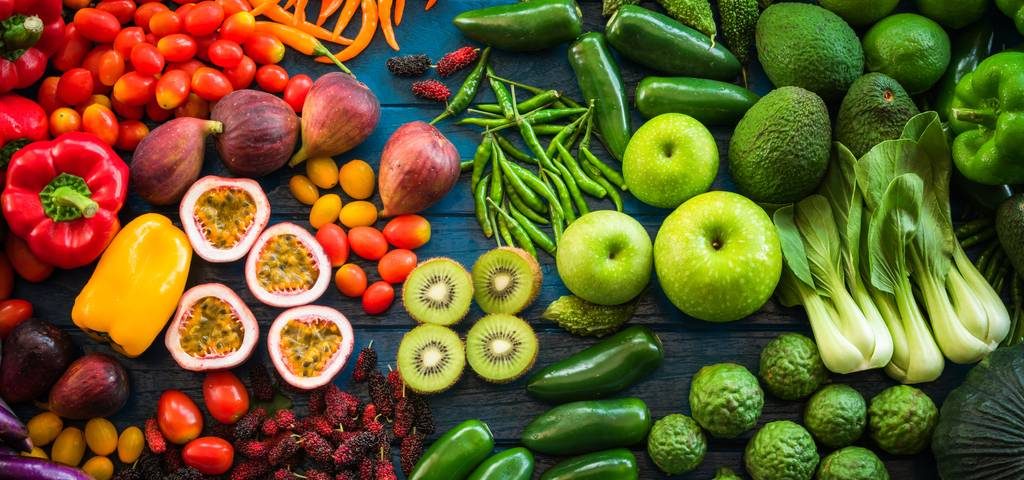Pesticides
There are so many factor which influence the plant growth and development. And without crop protection, including pesticides, more than half of the world's crops would be lost to insects, diseases and weeds.As the world population is growing we need to adopt the modern agricultural techniques to tackle the newly growing problems.For controlling pest we need to use different techniques such as IPM ( Integrated Pest Management) .They help farmers grow more food on less land by protecting crops from pests, diseases and weeds as well as raising productivity per hectare. Using high amount of fertilizers for getting maximum output also raising the problems of pest and their residual effect in the agricultural products is creating many health issues.
What is an Insect?
Insect pests (less than 1% of all species) are those insects that feed on, compete for food with, or transmit diseases to humans and livestock.
Definition of Pest:
A destructive insect or other animal that attacks crops, food, livestock, etc.
What are pesticides?
A substance used for destroying insects or other organisms harmful to cultivated plants or to animals.
Pest Controlling Methods :
There are so many different methods available in modern era such as,
- Chemical Method ( Pesticides)
- Mechanical Methods ( Farm Machinery )
- Physical Method (Temperature,Humidity control )
- Biological Method ( Predators, Parasitoids)
- Integrated Pest Management
Benefits of pesticides:
Pesticides are important. They help farmers grow more food on less land by protecting crops from pests, diseases and weeds as well as raising crop productivity per hectare.
Major crop production has more than tripled since 1960, thanks in large part to pesticides. For example, rice – which feeds almost half the people on our planet – has more than doubled in production. The amount of wheat has increased nearly 160 percent.
"Without pesticides, more than half of our crops would be lost to pests and diseases."
Food crops must compete with 30,000 species of weeds, 3,000 species of worms and 10,000 species of plant-eating insects. And threats don’t stop once crops leave fields – bugs, molds and rodents can all cause damage in storage. Pesticides can prolong the life of crops and prevent post-harvest losses.In modern world the application of the pesticides is so easy with the help of advance agricultural machinery .
Currently, about 925 million people around the world – one in seven of us – are going hungry. To reduce hunger, we need to increase food productivity. Pesticides help farmers do that.
Pesticides enable farmers to produce safe, quality foods at affordable prices. They also help farmers provide an abundance of nutritious, all-year-round foods, which are necessary for human health. Fruits and vegetables, which provide essential nutrients, are more abundant and affordable. Grains, milk and proteins, which are vital to childhood development, are more widely available because of lower costs to produce food and animal feed.
"Pesticides enable farmers to produce safe, quality foods at affordable prices."
Types of Pesticide
Neonicotinoids are active substances used in plant protection products to control harmful insects, which means they are insecticides.
Organic Pesticides. Neem. Ancient Indians highly revered neem oil as a powerful, all-natural plant for warding off pests. Salt Spray. Mineral Oil. Citrus Oil & Cayenne Pepper. Soap, Orange Citrus Oil, & Water. Eucalyptus Oil. Onion & Garlic Spray. Chrysanthemum Flower Tea.
Chlorpyrifos is an organophosphate pesticide used on crops, animals, and buildings, and in other settings, to kill a number of pests, including insects and worms. It acts on the nervous systems of insects by inhibiting the acetylcholinesterase enzyme. Chlorpyrifos was patented in 1966 by Dow Chemical Company.
Types of Pesticide
Neonicotinoids are active substances used in plant protection products to control harmful insects, which means they are insecticides.
Organic Pesticides. Neem. Ancient Indians highly revered neem oil as a powerful, all-natural plant for warding off pests. Salt Spray. Mineral Oil. Citrus Oil & Cayenne Pepper. Soap, Orange Citrus Oil, & Water. Eucalyptus Oil. Onion & Garlic Spray. Chrysanthemum Flower Tea.
Chlorpyrifos is an organophosphate pesticide used on crops, animals, and buildings, and in other settings, to kill a number of pests, including insects and worms. It acts on the nervous systems of insects by inhibiting the acetylcholinesterase enzyme. Chlorpyrifos was patented in 1966 by Dow Chemical Company.
Pesticides Business:
There are so many business opportunities available in agriculture sector and pesticides is one of them, highly profitable business. Pesticide holds an important position in the Indian chemical as well as agro-chemical industry.
Pesticides testing & regulation:
Today’s pesticides are the results of many years of scientific research and testing. To bring a new pesticide to market, it takes roughly $286 million USD and 11 years of research and development.The crop protection industry and government agencies that regulate pesticides continually review and monitor them to identify any potential health effects.These are some advantages of advance agricultural.
Pesticides are some of the most tested and regulated products in the world. In fact, more tests are required for pesticides than for pharmaceuticals. Manufacturers must follow very stringent product development criteria, whereby an average of 160,000 chemical molecules are analyzed and those with potential negative effects are screened out from the very beginning.
"Pesticides are some of the most tested and regulated products in the world."
- Human health & pesticides:
Pesticide residues on food are very low if present at all. Residues are measurable traces of pesticides on harvested food crops like apples, lettuce and corn. A typical residue could correspond to a few drops in an Olympic swimming pool or one kernel of maize in 3,000 kilograms of wheat.
"Regulators set very strict limits on pesticide residues."
Pesticide residues on food are very low if present at all. Residues are measurable traces of pesticides on harvested food crops like apples, lettuce and corn. A typical residue could correspond to a few drops in an Olympic swimming pool or one kernel of maize in 3,000 kilograms of wheat.
"Regulators set very strict limits on pesticide residues."




0 comments:
Post a Comment